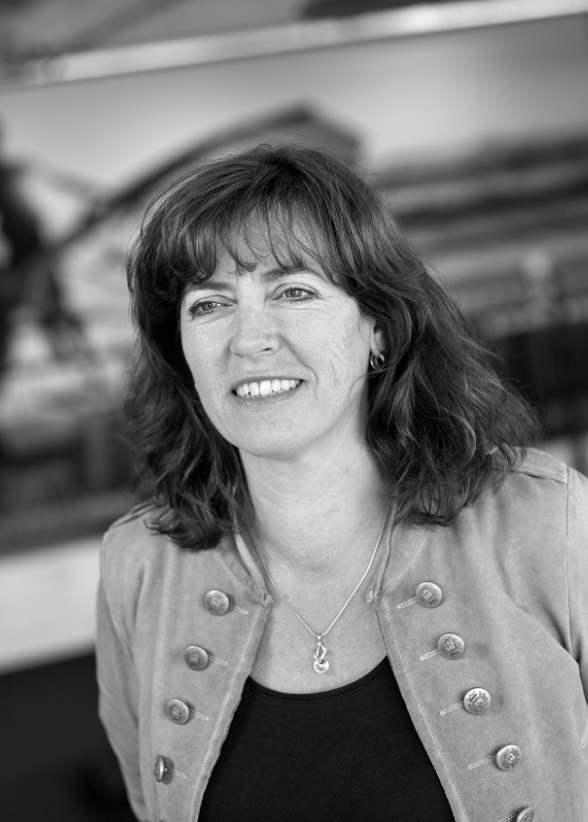Samenvatting
The consequences of climate change heavily threat the coast of Schouwen (Zeeland, the Netherlands); the strong relative SLR, which is predicted to range from +0.54 to +1.21 metres in 2100 in the most scenario (KNMI, 2021) or even more, extreme events, and ocean acidification (IPCC, 2019) challenge us to rethink our coastal protection systems.
leerinstelling
- Wageningen University & Research
studenten
- Christian Menheere
- Freek Engel
- Noortje Janssen
- Renske Schouwink
- Rosanne Erhardt
- Sara Almeloo
mentoren
- —
Therefore, we aim to assist Shared Concepts with a development plan for a dynamic breakwater system with coastal protection as its main function. The use of NBS is in strong contrast with the conventional management strategies. This project will be approximately located on the eroded Banjaard sandbar, which disappeared after the establishment of the Kreekrakdam and the Deltawerken. This changed the Oosterschelde (Eastern Scheldt delta) from a mixed energy system into a wave dominated system and redirected the net transport of sediments towards the northeast (Elias et al., 2016).
In Ch. 3, we based the analysis for the position and shape of the future barrier island on the following five criteria: wind direction and velocity; wave direction and energy; tidal currents; bathymetry; and nautical activities. This analysis resulted in two potential spatial configurations, respectively the Crescent and the Hook design. Although both designs have a similar seaside, their leesides strongly differ; the Hook design has a curved shape and thereby has a stronger potential for the reduction of forcing by the currents. Therefore, this design will probably lead to a stronger ecological development than the Crescent design. However, future research and management decisions should determine how the Banjaard barrier island will look like in the future.
Erosion and sedimentation processes in the open sea have a complex origin and pose difficulties for the creation of the barrier island. Ecosystem engineers (as discussed in Ch. 4) can attenuate wave energy and capture sediment. Hard structures enhance wave attenuation and sediment retainment by creating conditions favourable for ecosystem engineers to settle, and by the ability of these structures to attenuate waves and retain sediments by the structure itself. These structures can be artificial, biological and/or biodegradable. In Ch. 4 we introduce habitat types based on Natura 2000 with high potential to protect, sustain and stabilise the barrier island. We discuss if, how and where we can realise the habitat types on both the Crescent and Hook design. Since the Hook provides a larger gradient in ecological dynamics, more habitat types can thrive on the barrier island, resulting in a higher resilience of the barrier island.
There is still limited research available concerning the construction of a barrier island and about which role ecosystem engineers can play in this process. In the development pathway (Ch. 5), we give suggestions for follow-up research during the six phases of the development of the barrier island, respectively: 1) the finalisation of design, 2) research on the sediment, 3) financial aspect and stakeholder analysis, 4) preparation for monitoring, 5) experimenting and monitoring and 6) development of future barrier islands. The first four phases should take place prior to the sediment suppletion, the fifth and sixth phase afterwards.
We strongly believe that investing in elaborative research during the pre-suppletion phases will increase the capacity for providing coastal protection and the ecological value of the future barrier island. Hence, we advise to adjust the moment of the sediment suppletion to the timespan needed for the recommended research. Prior to the suppletion we recommend research about; the optimalisation of the barrier island spatial configuration; the origin and quantity of the sediment; the stakeholders, legislation, and finances; and the establishment of a monitoring framework. After the suppletion we recommend; the monitoring of ecosystem engineers, applied hard structures, and environmental conditions on and around the barrier island; analysis of the coastal protection performance of the barrier island; and analysis on how other barrier islands can be developed.
Meer weten?
